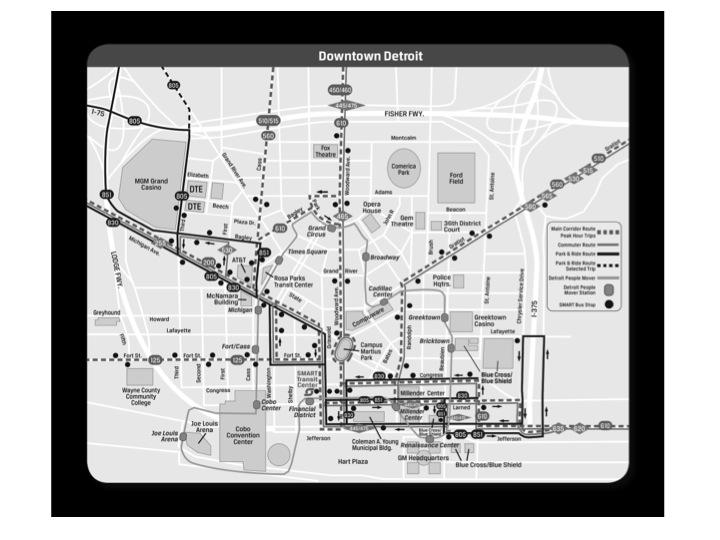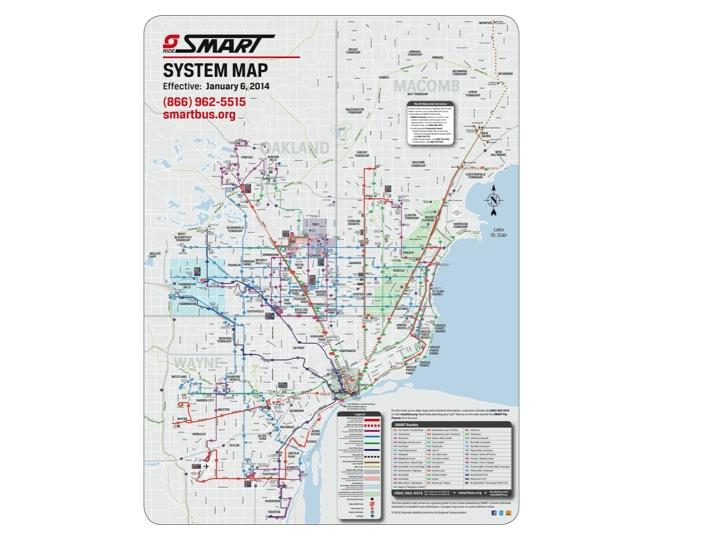The Suburban Mobile Authority for Regional Transportation (SMART), which is currently the only functioning regional transit authority in Southeast Michigan, is looking to increase the amount of taxes it levies on an annual basis from Wayne, Oakland and Macomb county taxpayers. Currently, SMART levies .59 mils; organizers are looking to increase that to 1 mil. It has been reported the requested increase is for solely capital needs. For example, SMART reports it needs to replace 146 40-foot busses within the next five years at a cost of about $73 million.
In addition to ridership data, this post also shows the operating revenues and expenses for the authority over the past decade. It also compares its tax support from residents to other transit authorities throughout the state. SMART was originally supported by taxpayers after a millage was approved in the 1995 August primary; this approved request was a third of a mill for years. This same request was approved again in 1998; in 2005 the millage was increased to the .59 mils.
All information was provided by public documents through SMART.
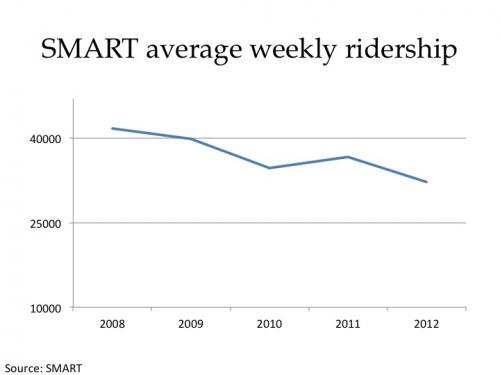
Since 2008 the number of passengers who have utilized SMART’s services has decreased by about 9,000. Following a fare increase in December 2009, average weekly ridership decreased from 39,850 in 2009 to 34,634 in 2011. Then in 2010 routes were decreased. In 2011 the average weekly ridership was 36,579 and in 2012 it dropped to 32,188.
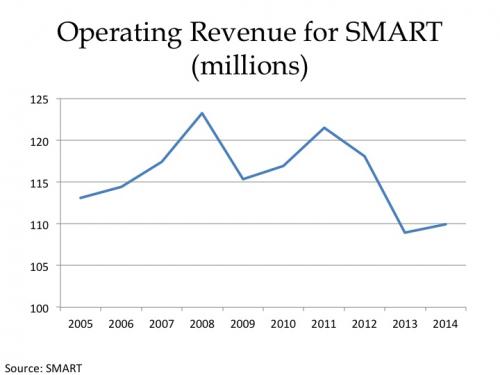
Operating revenue for SMART has decreased by about $3.2 million since 2005. Currently, for 2014 the authority’s operating budget is $109.9 million. The authority reports that without the 1 mill tax levy, which, if passed, has a three year sunset period, it expects to have a $21.1 million deficit in 2018.
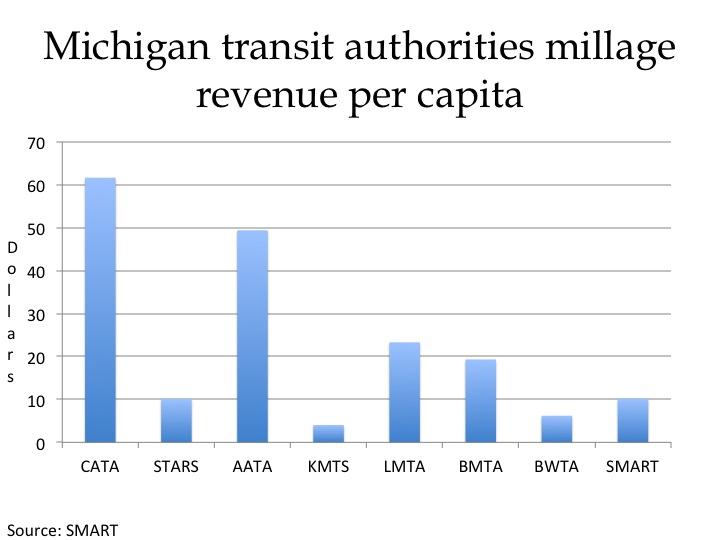
The Capital Area Transit Authority (CATA), which is based out of Lansing, has the highest revenue per capita at $61.64. The Kalamazoo Metro Transit System comes in at the lowest at $4.03. However, SMART, which covers a much larger region, brings in $10.19 per capita in tax revenue, according to its most recent financial projections.
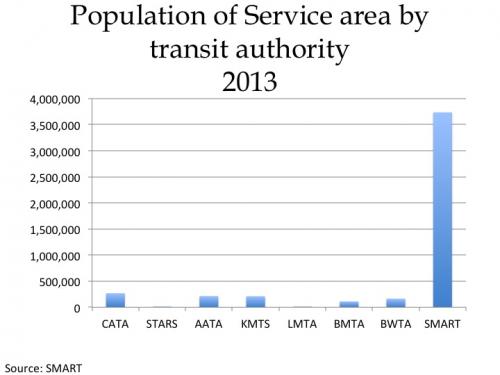
SMART services reach the largest population of transit authorities in the state whose information was available (Grand Rapids transit authority did not have information available). In 2013, SMART reached over 3.3 million citizens in Macomb, Wayne and Oakland counties. CATA reached the second largest population at about 267,000.
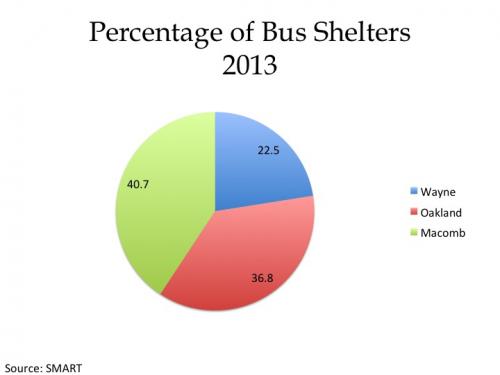
This slide shows the percent of bus shelters available to SMART riders by county. Macomb County has the largest percent of shelters at about 41 percent; Wayne County has the lowest at about 23 percent.
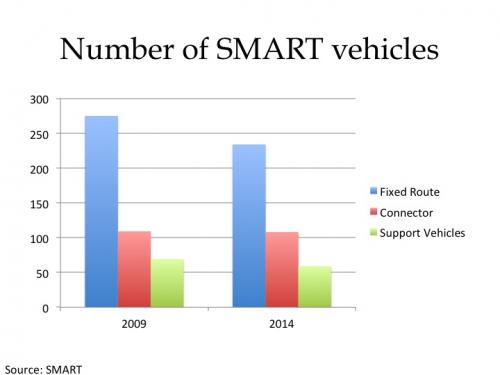
The above chart shows the number of vehicles SMART had in 2009 compared to currently. As can be seen, there has been a decrease in the number of all vehicles used. This is likely a reflection of the fact SMART needs new busses and has reduced service lines in recent years.
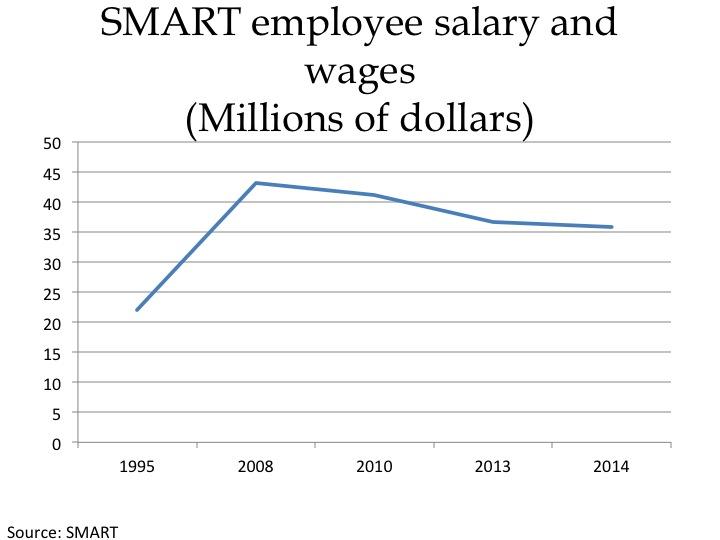
The above chart shows how the total for employee wages and salaries has changed. The year 1995 is included as a reference point to when the first millage was passed. Then, the total for employee wages and salaries was $22 million; in 2014 that total is $35.9 million.
The next chart shows that, like salaries, there has also been a decrease in the number of SMART employees.
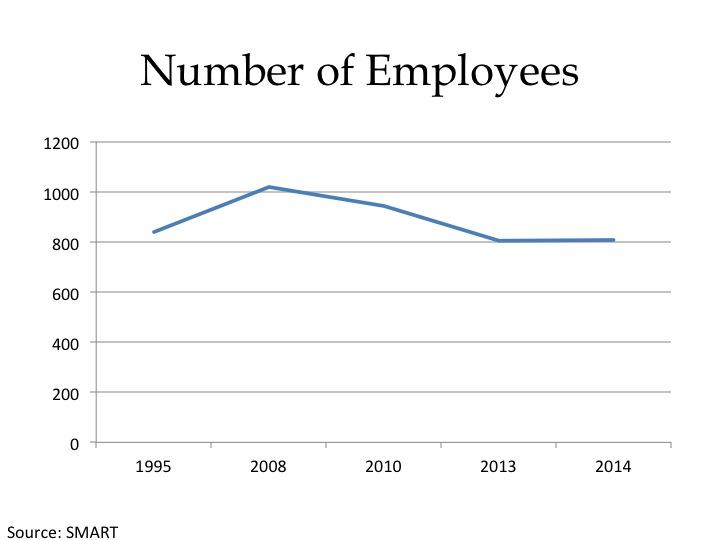
Below are the current routes for SMART. 